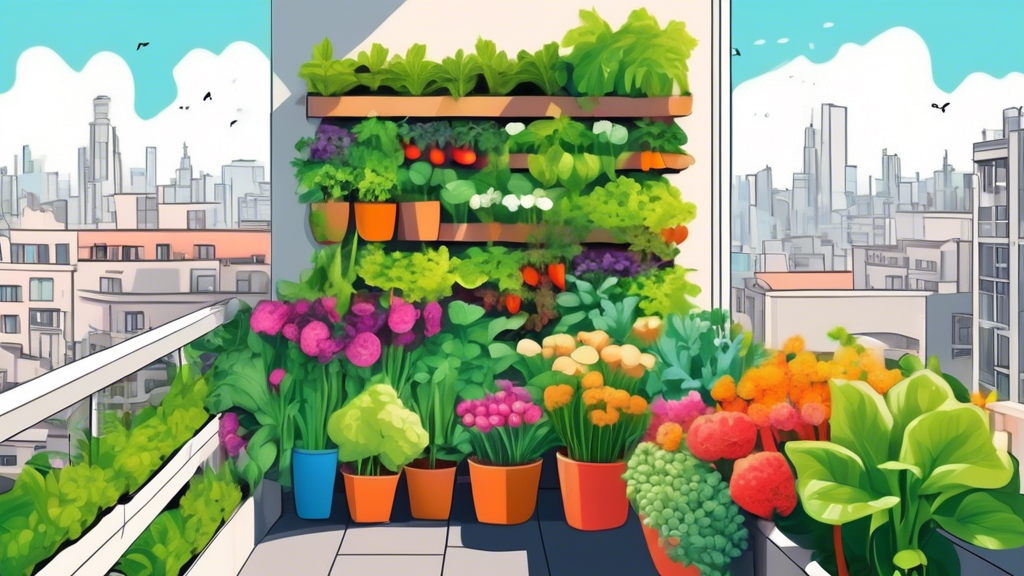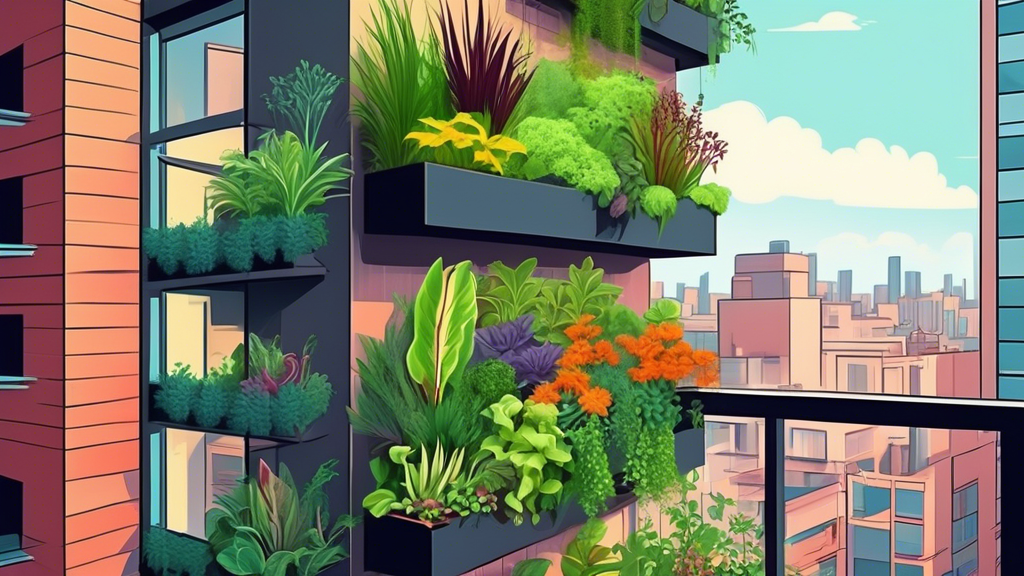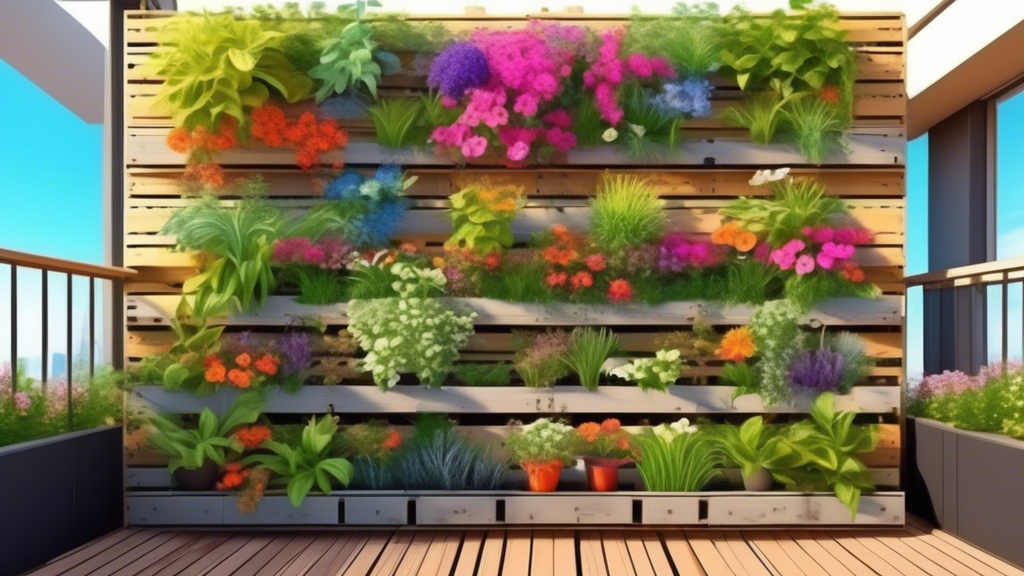
Why Start with a Raised Bed Garden? The Beginner’s Advantage
Solving Common Beginner Challenges
Many new gardeners face significant hurdles that can discourage them before they even start. Raised bed gardening offers elegant solutions to these common problems.
- Poor Native Soil: If your ground soil is heavy clay, rocky, or sandy, a raised bed allows you to completely bypass it. You fill the bed with a perfect, custom soil mix, giving your plants an ideal foundation from day one.
- Weed Overload: Traditional gardens are in a constant battle with weeds. Because you fill a raised bed with fresh, weed-free soil, the weed pressure is drastically reduced from the start. Any weeds that do appear are much easier to pull from the loose soil.
- Physical Strain: The elevated height of a raised bed eliminates the need for strenuous bending and kneeling. This makes gardening accessible for those with back problems, bad knees, or limited mobility.
- Poor Drainage: Gardens in low-lying areas or with compacted soil can become waterlogged, drowning plant roots. Raised beds provide superior drainage, ensuring that excess water can escape and roots have the oxygen they need.
Getting Started: Your First Raised Bed Setup
Choosing the Perfect Location
Location is critical for a successful garden. Follow these guidelines to pick the best spot:
- Sunlight is King: Most vegetables need a minimum of 6-8 hours of direct sunlight per day. Observe your yard throughout the day to find the sunniest spot.
- Water Access: Position your bed within easy reach of a hose. Hauling water long distances quickly becomes a chore.
- Protection from Elements: Avoid placing your bed in a wind tunnel. A bit of shelter from strong winds will help prevent plants from getting damaged.
- Convenience: Place it where you’ll see it often—near a patio, deck, or along a frequently used path. An “out of sight, out of mind” garden is often a neglected one.
Material Showdown: Wood, Metal, or Fabric?
Each material has its own pros and cons. The best choice depends on your budget, desired aesthetics, and how permanent you want the bed to be.
| Material | Pros | Cons | Best For |
|---|---|---|---|
| Wood (Cedar/Redwood) | Natural, attractive, naturally rot-resistant, long-lasting. | Can be more expensive upfront; will eventually decay. | Most gardeners; a classic, reliable choice. |
| Corrugated Metal | Modern look, very durable, long-lasting. | Soil can heat up quickly in hot climates; sharp edges. | Those seeking a contemporary aesthetic. |
| Fabric Beds | Excellent root air-pruning and drainage, affordable, portable. | Less permanent, can dry out faster, less rigid. | Renters or those wanting to test garden locations. |
Avoid: Pressure-treated wood (especially older varieties containing arsenic) and railroad ties, as they can leach harmful chemicals into your soil.
The Goldilocks Zone: Ideal Size and Depth
Getting the dimensions right is crucial for both plant health and your comfort.
- Width: Never build a bed wider than 4 feet. This ensures you can easily reach the center from either side without having to step into the bed, which compacts the soil.
- Length: This is flexible, but consider the strength of your materials. Very long beds may need cross-bracing in the middle to prevent bowing.
- Depth: A depth of 12 inches is sufficient for most greens and herbs. However, if you plan to grow root vegetables like carrots, parsnips, or potatoes, aim for 18 to 24 inches. This gives their roots plenty of room to grow long and straight.
The Secret is in the Soil: Filling Your Raised Bed
The “Lasagna” Method: A Unique, No-Dig Approach
Also known as sheet mulching, this technique is a fantastic way to fill a deep bed without spending a fortune on bagged soil. It also creates an incredibly rich, living soil as the materials break down.
- Bottom Layer: Place a layer of plain cardboard or several sheets of newspaper directly on the ground. This will smother any grass or weeds underneath.
- Brown Layer: Add a 4-6 inch layer of carbon-rich “brown” materials like fallen leaves, straw, shredded newspaper, or small twigs.
- Green Layer: Add a 2-3 inch layer of nitrogen-rich “green” materials like grass clippings, vegetable kitchen scraps, or coffee grounds.
- Repeat: Continue alternating brown and green layers until the bed is nearly full.
- Top Layer: Finish with a 4-6 inch layer of high-quality compost or a compost/topsoil mix. This is where you will plant your seeds and seedlings.
The Simple Soil Mix Recipe
If you prefer a more immediate, ready-to-plant solution, this classic “Mel’s Mix” is a winner:
- 1/3 Compost: Provides nutrients and beneficial microbes. Use a blend of different composts (e.g., worm, mushroom, plant-based) if possible.
- 1/3 Peat Moss or Coco Coir: Helps the soil retain moisture. Coco coir is a more sustainable alternative to peat moss.
- 1/3 Vermiculite: Creates air pockets for excellent drainage and root aeration.
Mix these three components thoroughly before filling your bed.
Planting and Growing: Maximizing Your Small Space
Plant Spacing Secrets: Intensive Planting vs. Row Cropping
Forget the long, single-file rows you see on farms. In a raised bed, you can plant much more intensively.
- Hexagonal Spacing: Instead of planting in rows, stagger your plants so that each one is centered between two in the adjacent “row,” forming a hexagonal pattern. This eliminates wasted space and allows the leaves to create a “living mulch” that shades the soil and suppresses weeds.
- Succession Planting: As soon as one crop is harvested (e.g., radishes), plant another in its place (e.g., beans) to keep the bed productive all season long.
Companion Planting for a Healthier Garden
Some plants just grow better together. This practice can help repel pests, attract beneficial insects, and even enhance flavor.
- Plant basil near tomatoes to help repel hornworms and other pests.
- Grow marigolds throughout your bed; their roots exude a substance that deters harmful nematodes in the soil.
- Unique Insight: The Three Sisters Method. This is a brilliant Native American companion planting technique perfect for a large raised bed. You plant corn first. Once it’s a few inches tall, you plant pole beans around the base of the corn stalks. The beans will use the corn as a living trellis. Finally, you plant squash around the base. The large squash leaves shade the soil, conserving moisture and suppressing weeds. The three plants create a symbiotic relationship, supporting each other’s growth.
Easy Maintenance: Watering, Feeding, and Pest Control
Smart Watering for Busy Beginners
Because raised beds drain so well, they can dry out faster than in-ground gardens, especially in hot weather.
- The Finger Test: The best way to check is to stick your finger about 2 inches into the soil. If it feels dry at that depth, it’s time to water.
- Water Deeply: It’s better to water thoroughly 2-3 times a week than to give your plants a light sprinkle every day. Deep watering encourages strong, deep root systems.
- Pro Tip: Install a Drip Irrigation System. This is the ultimate time-saver. A simple system with a timer delivers water directly to the base of each plant, minimizing evaporation and ensuring consistent moisture. It’s a small investment that pays off in saved time and healthier plants.
Simple, Organic Feeding Schedule
Your plants will quickly use up the nutrients in the confined space of a raised bed.
- Seasonal Refresh: Each spring, top-dress your bed by adding 2-3 inches of compost and gently mixing it into the top few inches of soil.
- Mid-Season Boost: Every 3-4 weeks during the main growing season, feed your plants with a balanced, organic liquid fertilizer like fish emulsion or seaweed extract. This gives them a quick nutrient boost to support flowering and fruiting.
Seasonal Raised Bed Gardening Tips for Beginners
Extending Your Season with Simple Cover-Ups
Don’t let a light frost end your gardening season. You can easily get a head start in the spring and keep harvesting later in the fall.
- Floating Row Covers: These lightweight fabric sheets can be draped directly over your plants. They provide a few degrees of frost protection, protect from pests, and can be left on as the plants grow.
- Cold Frames: A simple box with a clear glass or plastic lid placed on top of your raised bed acts as a miniature greenhouse, trapping heat and allowing you to grow cool-weather crops like spinach and kale well into winter.
Frequently Asked Questions (FAQs)
What should I plant first as a complete beginner?
Start with crops that are easy to grow from seed, mature quickly, and are hard to mess up. Great choices include: lettuce, radishes, bush beans, kale, Swiss chard, zucchini, and herbs like basil and cilantro.
How often should I really water my raised bed?
There is no universal schedule. It depends entirely on your local weather (temperature, humidity, wind, and sun). The key is to check the soil moisture regularly using the finger test. Your goal is to keep the soil consistently moist, like a wrung-out sponge, but never soggy.
Do I need to replace the soil every year?
No, this is a common and costly misconception. You do not need to replace the soil. The ecosystem you’ve built is valuable. Instead, you “refresh” it each spring by mixing in a few inches of compost to replenish the nutrients that last year’s plants used up.
What can I put at the bottom of a deep raised bed to save on soil?
For very deep beds (over 18 inches), you can use “bulk” materials to fill the bottom third. Good options include logs, branches, old (untreated) lumber, crushed leaves, or even upside-down sod from the area where you placed the bed. This material will slowly decompose, adding organic matter to the soil. Avoid using rocks or gravel, as they will impede drainage and create a perched water table.






